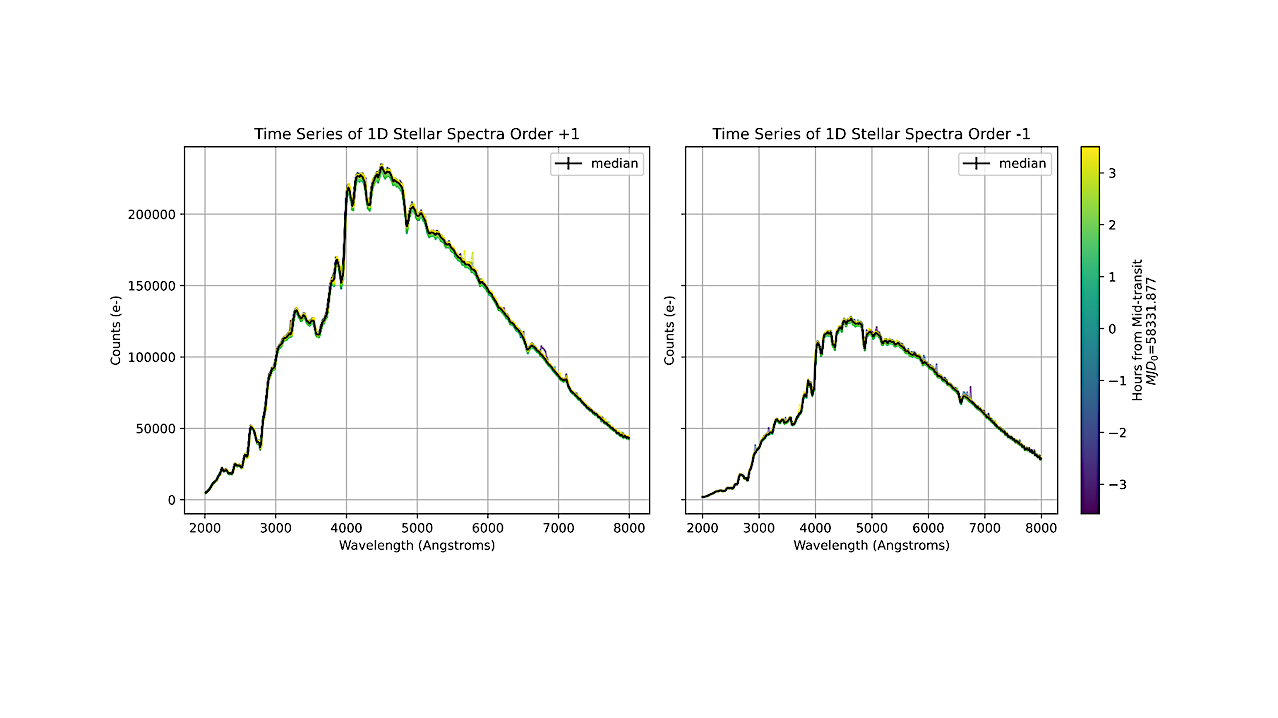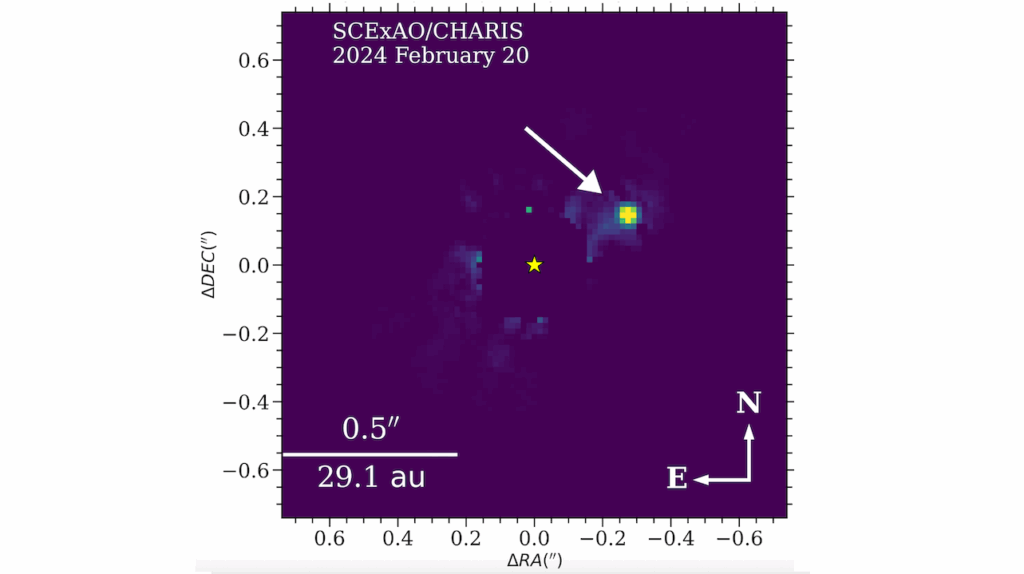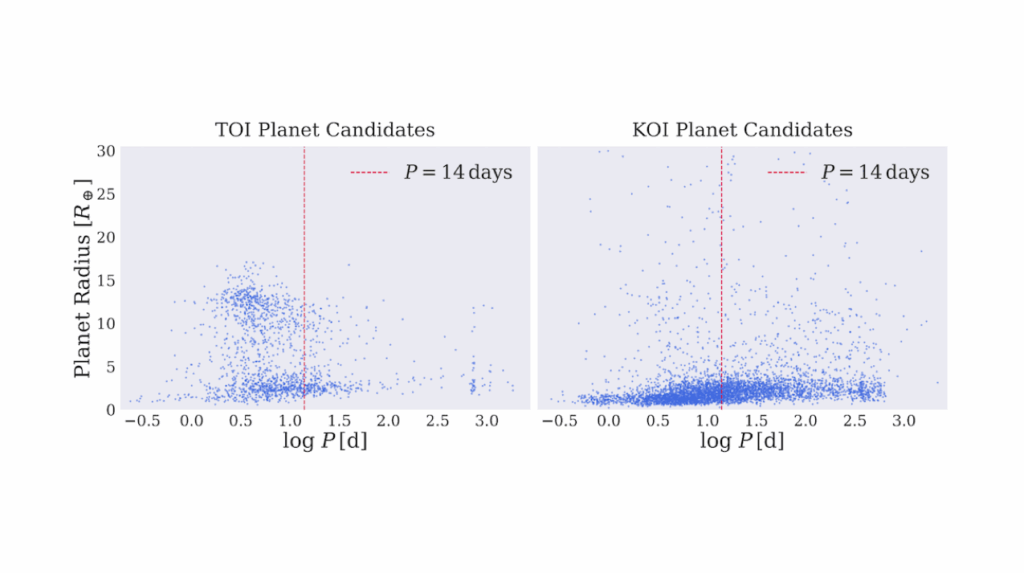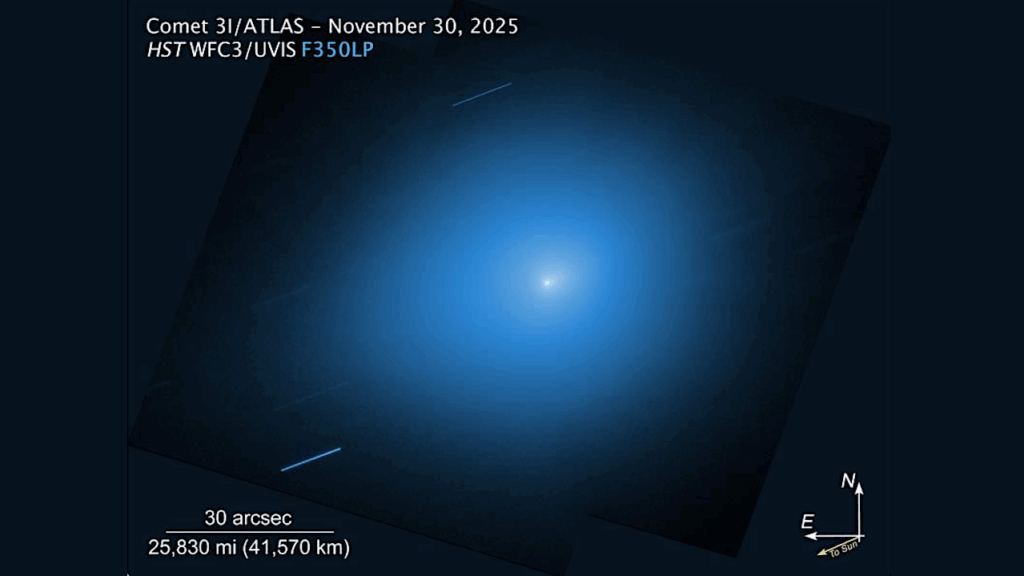Analyzing Exoplanet Transits Observed with the WFC3/UVIS G280 Grism

Here we describe a Jupyter notebook demonstrating methods for the reduction and analysis of exoplanet transit observations taken with the WFC3/UVIS G280 grism.
Released on Space Telescope’s hst_notebooks GitHub repository, this notebook presents an example workflow for processing time-series observations taken with the G280 grism – from the calibrated flat-fielded spectra to transit light curves ready for fitting.
The specific routines presented in the notebook are explained here, and are meant to highlight data reduction steps that users will typically apply to extract transit light curves. The steps include background subtraction, spatial and temporal cosmic ray correction, spectral trace fitting, spectral extraction, and light curve generation.
The end products of the routines in the Jupyter notebook are the raw broadband and spectroscopic light curves, which can be ingested into publicly available light curve fitting tools to extract planetary transmission spectra.
Munazza K. Alam, Frederick Dauphin, Amanda Pagul
Comments: 11 pages, 8 figures, published in April 2025
Subjects: Instrumentation and Methods for Astrophysics (astro-ph.IM); Earth and Planetary Astrophysics (astro-ph.EP)
Report number: Instrument Science Report WFC3 2025-01
Cite as: arXiv:2511.09694 [astro-ph.IM] (or arXiv:2511.09694v1 [astro-ph.IM] for this version)
https://doi.org/10.48550/arXiv.2511.09694
Focus to learn more
Submission history
From: Munazza Alam
[v1] Wed, 12 Nov 2025 19:51:22 UTC (1,425 KB)
https://arxiv.org/abs/2511.09694
Astrobiology, Astronomy,








